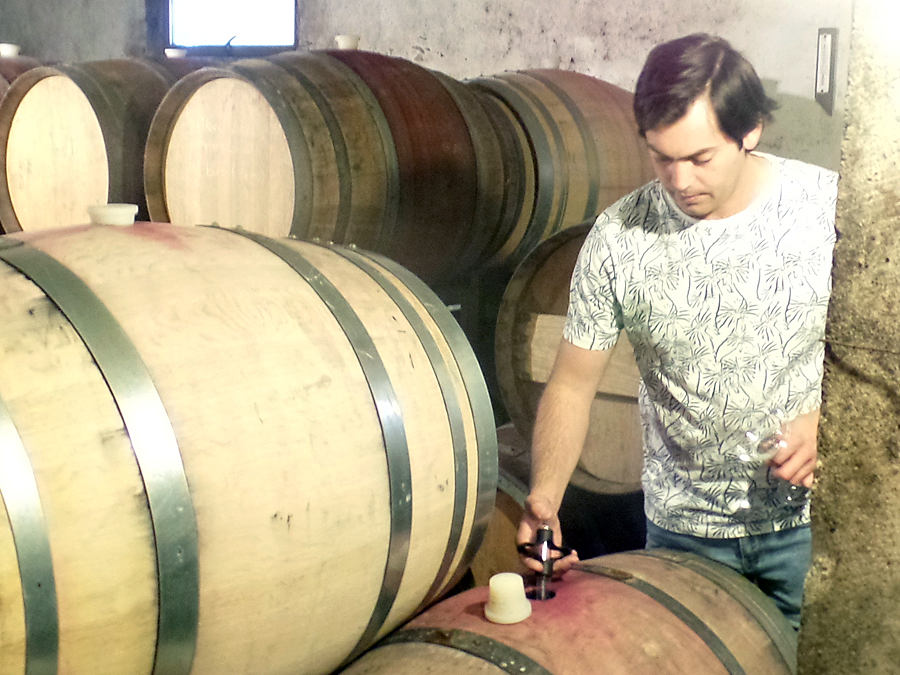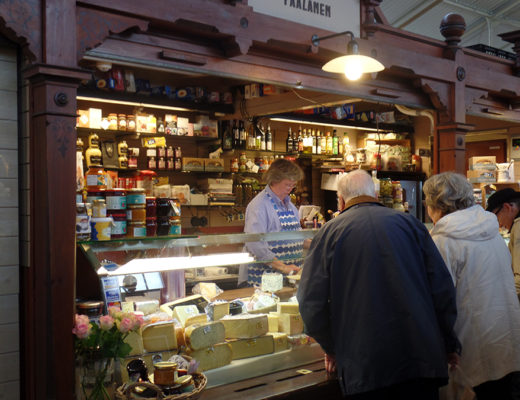Matuana Winery has a slight edge on Alchemy in my mind, only because the winemaker has more depth of experience to call on in his formulation for success. Both of these wineries are making world class wines. While Matuana may have more finesse and a more complex formula for success, both are changing perceptions of what a fine Chilean wine can and should be.
Let’s start with Matuana. The icon wine is the MW, a Carmenere-based blend with incredible complexity based on a blending approach that makes a science of differentiated flavor layering. It is one of those rare wines that is a great sipper alone and even better when paired with meats andstouter fish like a Salmon. Matuana also produces two whites worthy of note. Naranjo, a Torontel has strong orange notes and yet is not flavored in any way to reproduce this taste. It is a special wine in that it doesn’t go with everything but is an interesting change of pace for white sippers. The Semillon white is the class of the house. The grapes are sourced from vines planted in 1928. It is extremely smooth and refreshing without being in your face.

What also made this winery special was the tasting which was visited by children of the winemaker, Jose Matuana and his brother-in-law along with Jose’s mother who had just celebrated a birthday. The conversation ranged from the independent winemakers’ group that Jose is now the president of, to the importance of family in getting a venture such as theirs off the ground. It apparently started as a hobby by Jose’s father which turned into a business when they received a contract to deliver a pallet to a customer. Jose left his job as winemaker at a nearby century old winery to helm this family focused start-up.He has not looked back, regretted his decision or done anything other than simply make the best wines he possibly can. This is the recipe for success in transitioning his career and the Chilean wine industry at the same time.
Alchemy is at a different stage than Matuana in its development as a major producer of top flight wines in Chile. It shows great promise and possibly even greater upside in that it has already released eleven different wines in its short history, having been founded in just 2010. It reached 40,000 bottles in 2017 and expects to continue to expand production.Like Matuana it buys its grapes from local producers on long term contracts (usually five years or more). It has been purchasing grapes from Vik and others who have developed great reputations for their own wines. With great inputs achieving great wines is more achievable than taking average grapes and expecting to make up for a poor pedigree in the production process.
We met with Eduardo Camerati, the founder at his converted cheese factory winery. While his facility does not inspire the same reaction one gets when visiting the major producers, it is important to realize the value goes in the bottle rather than the facilities. With only three full time partners in the business, the team works very hard to cover all the necessary bases to achieve the excellence and results they are starting to realize. Eduardo informed us that he got his start by interning with a California winemaker, Alphonse Derose, who had established a presence in Chile as early as 2002. In 2010 he convinced the Derose to take a chance on him and a separate Chilean winery.

The results of this gamble by Derose is starting to be seen and pay off in both reputation and results. The fact that such a young winemaker is getting phenomenal results is a tribute to not only Eduardo and his team, but Derose for having faith in an entrepreneurial spirit.





No Comments